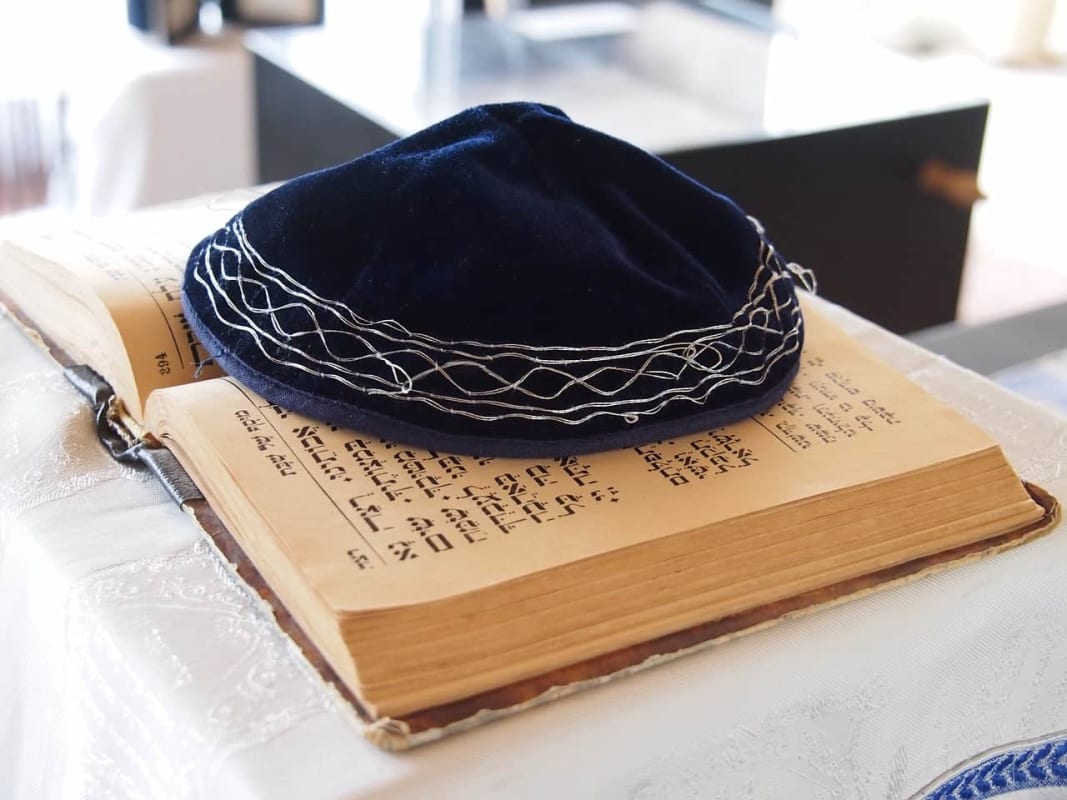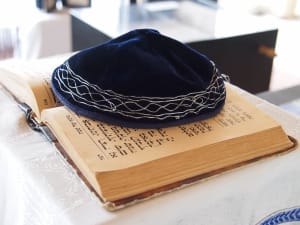
Though we often think of Judaism as just a religion, the term actually encompasses all of the cultural, philosophical and religious aspects of the Jewish people. This is an important distinction when looking at how different adherents conceive of Judaism. For instance, Judaism can be broken into a number of modern religious and cultural movements, each with their own specific set of beliefs and interpretation of Jewish sacred texts and tradition. These include Orthodox Judaism, Conservative Judaism, Reform Judaism and even non-theistic strains, such as Humanistic Judaism. For this reason, Jewish funeral customs will vary, though core aspects are usually very similar.
Many of our funeral directors cater for multi-faith funeral services. Find and contact your local funeral director today.

Preparing for Death
Jews believe that the body of the deceased should be interred in the earth as quickly as possible and that from the moment of death to the moment of burial, the body should not be left unattended. This guardian is known as a shomer and will often be a relative but can also be someone provided by the local rabbi or synagogue. The shomer will usually recite psalms and prayers besides the body, though they may also sit silently with it.
Preparation of the Body
Like most other major religions, washing the body plays a major part in preparing the deceased for their journey onwards. It is then wrapped in a white shroud and blessed with special prayers, known as taharah. To perform taharah is considered a great act of charity, as the deceased cannot pay back your deed and the process helps them gain access to a holier world. In most Jewish communities, there will exist a chevra kadisha – a society of Jewish men and women trained and practiced in washing and preparing the body.
Normally, they follow a few simple rules. For example, men wash males and women wash females, the work is performed in silence unless speech is absolutely necessary, only a small part of the body is uncovered for washing at any one time, and practitioners never reach across a body but walk around it instead. After, the body is placed in a simple casket, often wrapped in a prayer shawl with its fringes trimmed off and, if possible, earth from Israel is poured over the eyes and heart.
Funeral Rites
Generally, there is no visitation or wake in Jewish funeral custom, though sometimes the family will congregate before the funeral for a ritual called keriah. In this custom, a visible part of clothing, such as the breast pocket, lapel or collar, is ripped to demonstrate mourning. Different movements within Judaism hold different views on whether cremation is acceptable, with more orthodox elements not permitting it and more reformist aspects of the faith practicing cremation. The funeral service itself usually consists of prayers, eulogies delivered by relatives and the rabbi and psalms. As the body is lowered into the grave, the rabbi will say prayers, the gathered will all recite a prayer known as the Mourner’s Kaddish, and then each places a little dirt into the grave.
Post-funeral Traditions
In Judaism, there are two main periods of mourning. The first is shiva, meaning seven, and it lasts for seven days and involves the family gathering each day to mourn, grieve and pray. During these seven days, their normal routine is interrupted and they do not go to work. On the first day, a candle is lit that will burn for the entire duration of shiva. Next comes shloshim, which translates as thirty, lasting until the 30th day after the funeral. During this period, prayers will continue to be said for the deceased but mourners will begin to resume their everyday routines. However, if it is a parent that has died, the formal mourning period can extend up to a year.
Now that we’ve explored Judaism and the customs associated with this ancient religion, we’ll take a look at a somewhat newer religion, Sikhism. Keep your eyes peeled for the next instalment, where we’ll be talking about how Sikhs prepare the body for reincarnation.


 We all have things we wish we could tell people who are no longer with us. Why not just give it a try? You could wait until you have a quiet moment alone to say what you want to say aloud. Or visit their grave or scattering place to speak to them.
We all have things we wish we could tell people who are no longer with us. Why not just give it a try? You could wait until you have a quiet moment alone to say what you want to say aloud. Or visit their grave or scattering place to speak to them. This could be something as simple as wearing their jewellery or watch every day. Or clothing: a favourite shirt could be worn, turned into a cushion, or framed to make art. Believe it or not, there is also a company that turns the clothing of people who have died into teddy bears.
This could be something as simple as wearing their jewellery or watch every day. Or clothing: a favourite shirt could be worn, turned into a cushion, or framed to make art. Believe it or not, there is also a company that turns the clothing of people who have died into teddy bears. 
 When you’re struggling with something – anything – writing can be very therapeutic. So, writing a letter to a loved one who has died can be a lovely way to feel connected to them and work through your grief.
When you’re struggling with something – anything – writing can be very therapeutic. So, writing a letter to a loved one who has died can be a lovely way to feel connected to them and work through your grief.  Your loved one’s grave, or the place where their ashes were scattered, can feel very meaningful. There’s comfort to be had in just giving yourself some time to sit with them there.
Your loved one’s grave, or the place where their ashes were scattered, can feel very meaningful. There’s comfort to be had in just giving yourself some time to sit with them there. 
 Pardon Me For Not Getting Up
Pardon Me For Not Getting Up

 Death
Death


 Death
Death
